
Lauren Keenan
If Lauren Keenan had to choose a spot in the region to visit, she would choose Rangiaowhia.
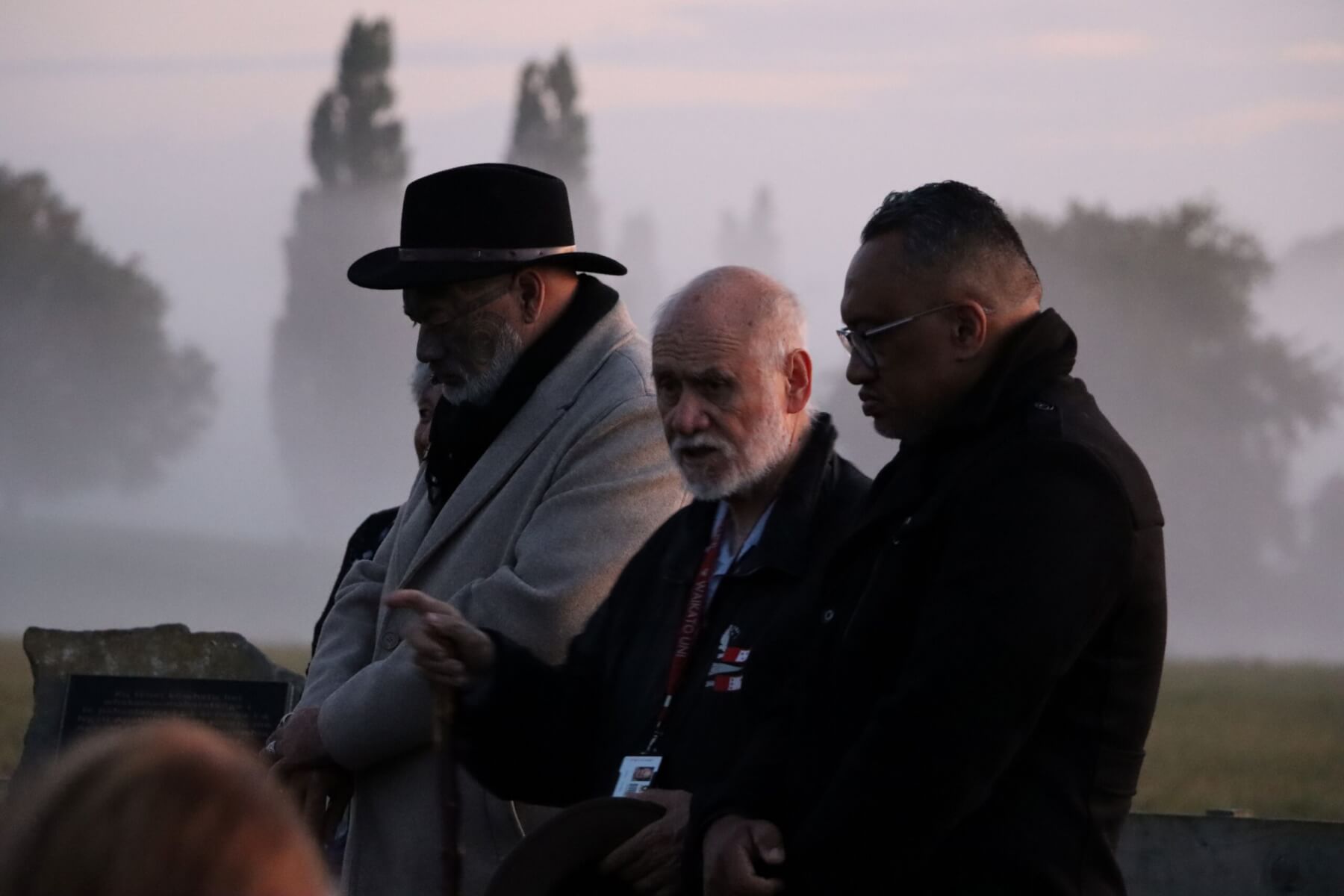
On February 21, 1864, British forces attacked the village of Rangiaowhia, a key Kīngitanga (Māori King Movement) economic center, at dawn, resulting in a deadly and controversial event during the New Zealand Wars. On February 21, 2025, Rangiaowhia held a whakamaumahara (commemoration) to remember the 161 years since the events of 1864 and to honor those who called Rangiaowhia home. Professor Tom Roa, centre. Photos: Regan Balzer.
The novelist turned historian visited the site while researching her latest book Toitū Te Whenua: Places and People of the New Zealand Wars, published by Penguin this month.
Asked about the place that most resonated with her in the King Country and Waipā districts, Keenan, who has a Master of Arts in Taranaki Māori History, told The News: “If I were to choose one, I would visit the area that was once Rangiaowhia, near Te Awamutu.”
Rangiaowhia’s resonates with Keenan.
“Before the British attacked it in February 1864, it was a prosperous village, and what happened there has echoed down the generations since.
“The great thing about the Waipā district is that due to the great work done by Te Ara Wai: Journeys (a free, self-guided tour of the area) it is very easy to find out where to go and what to see to better appreciate what happened in this region. This is a real taonga, and something that doesn’t exist in so many other parts of the country. And there is so much to see in that area,” Keenan said.

Lauren Keenan’s book Toitū Te Whenua: Places and People of the New Zealand Wars was published this month.
Keenan was a winner at the 2017 Pikihuia Awards for Māori writers and a finalist in the 2019 awards. Her last book, the 2024 novel The Space Between set against the backdrop of the New Zealand Wars, is a national bestseller.
“My overarching goal is to make Aotearoa New Zealand history interesting and accessible to a range of audiences, which is why I’ve written my novels,” she said.
“I wrote Toitū Te Whenua: Places and People of the New Zealand Wars for the same reason. Not everyone absorbs information in the same way, and the New Zealand Wars is a big subject with so many different facets of it to understand. And, while there are many excellent works by historians about the period.”
Paterangi Pa and Alexandra Redoubt near Pirongia are included in the book alongside, Orakau, the site of Ngāti Maniapoto chief Rewi Maniapoto’s last stand, and his grave at Kihikihi.
“I wanted to write something that was more general in nature, was easy to read, and had clear instructions about how to visit the sites where key moments occurred. This includes stories of some of the people who were there, where the best places to visit with kids in tow are, as well as practical advice like where to park and where climbing over fences is required.”
“Nō Te Ātiawa ki Taranaki au – I’m from Te Ātiawa in Taranaki, where we lost so much during and after the wars,” Keenan said.
“It is this that has been my primary motivation for sharing these stories as widely as possible.”

Lauren Keenan’s book Toitū Te Whenua: Places and People of the New Zealand Wars was published this month.
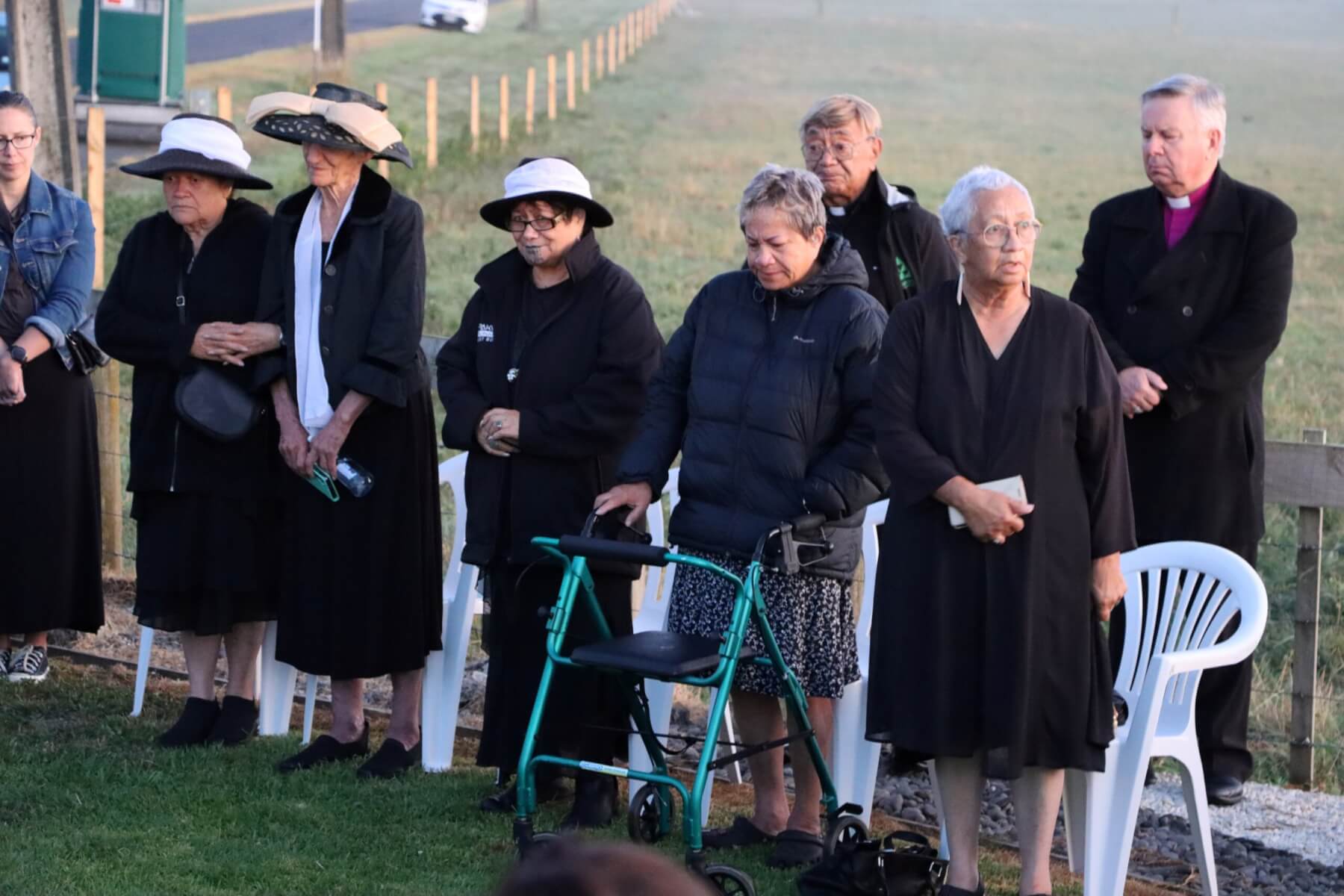
On February 21, 1864, British forces attacked the village of Rangiaowhia, a key Kīngitanga (Māori King Movement) economic center, at dawn, resulting in a deadly and controversial event during the New Zealand Wars. On February 21, 2025, Rangiaowhia held a whakamaumahara (commemoration) to remember the 161 years since the events of 1864 and to honor those who called Rangiaowhia home. Photos: Regan Balzer.
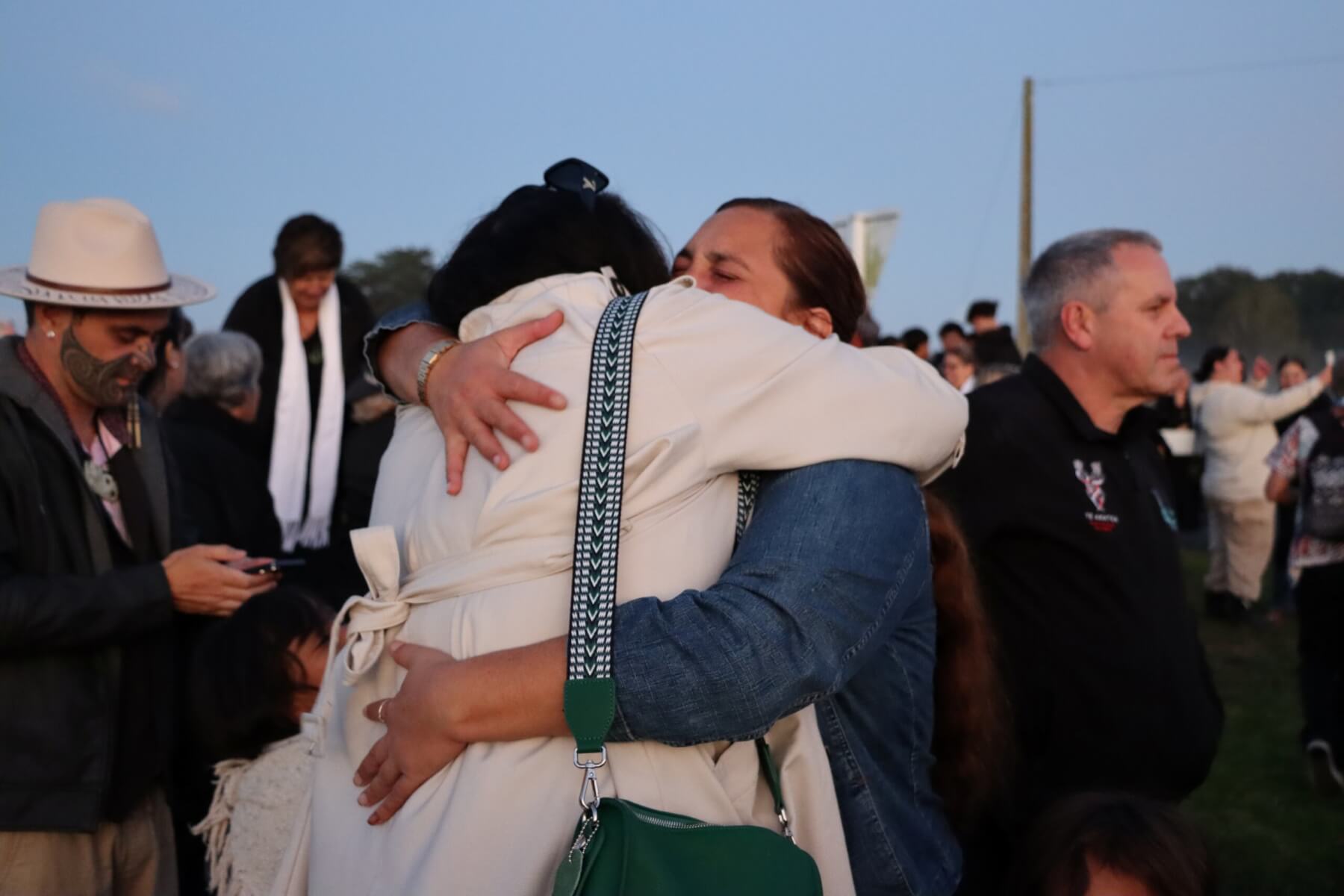
On February 21, 1864, British forces attacked the village of Rangiaowhia, a key Kīngitanga (Māori King Movement) economic center, at dawn, resulting in a deadly and controversial event during the New Zealand Wars. On February 21, 2025, Rangiaowhia held a whakamaumahara (commemoration) to remember the 161 years since the events of 1864 and to honor those who called Rangiaowhia home. Photos: Regan Balzer.
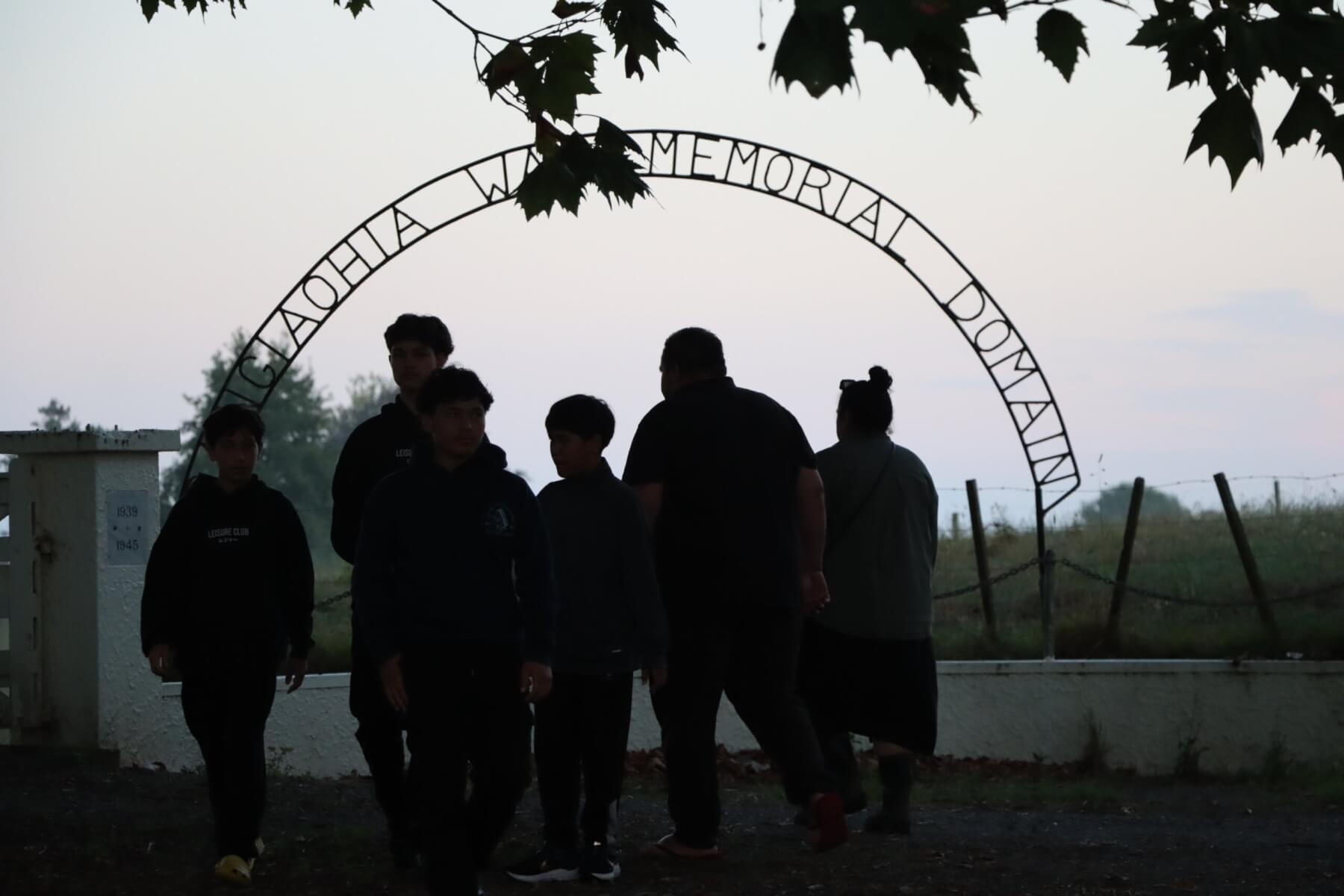
On February 21, 1864, British forces attacked the village of Rangiaowhia, a key Kīngitanga (Māori King Movement) economic center, at dawn, resulting in a deadly and controversial event during the New Zealand Wars. On February 21, 2025, Rangiaowhia held a whakamaumahara (commemoration) to remember the 161 years since the events of 1864 and to honor those who called Rangiaowhia home. Photos: Regan Balzer.
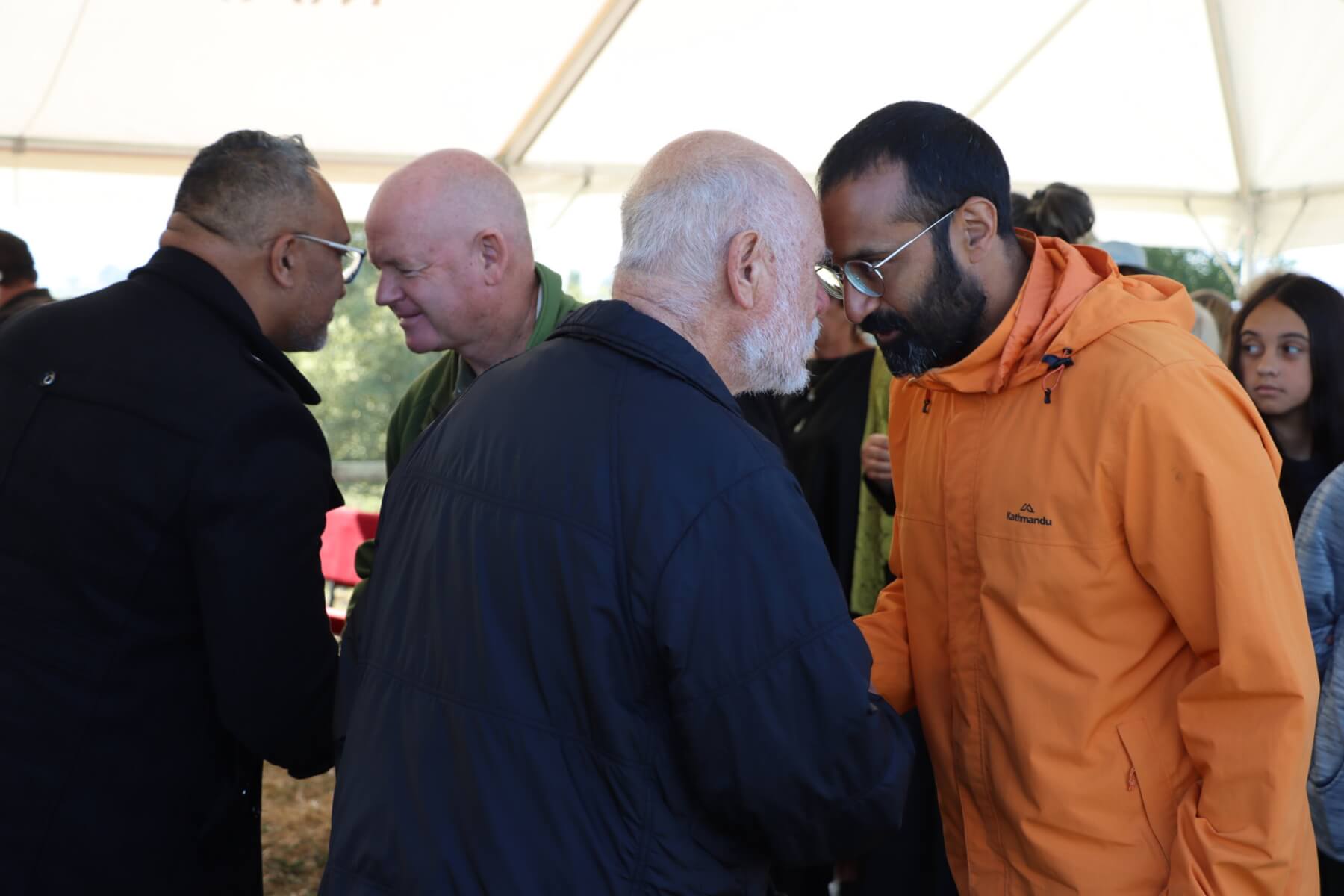
On February 21, 1864, British forces attacked the village of Rangiaowhia, a key Kīngitanga (Māori King Movement) economic center, at dawn, resulting in a deadly and controversial event during the New Zealand Wars. On February 21, 2025, Rangiaowhia held a whakamaumahara (commemoration) to remember the 161 years since the events of 1864 and to honor those who called Rangiaowhia home. Photos: Regan Balzer.









